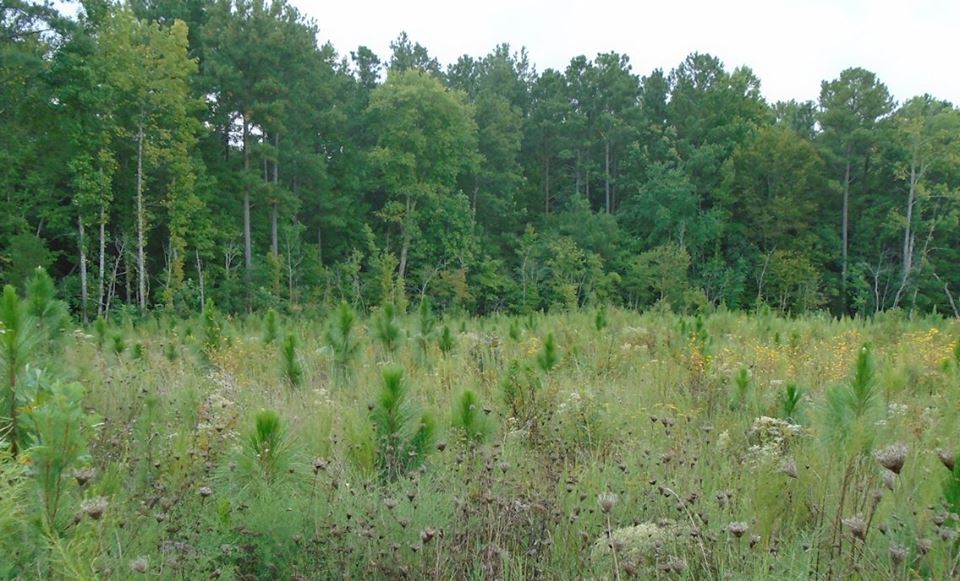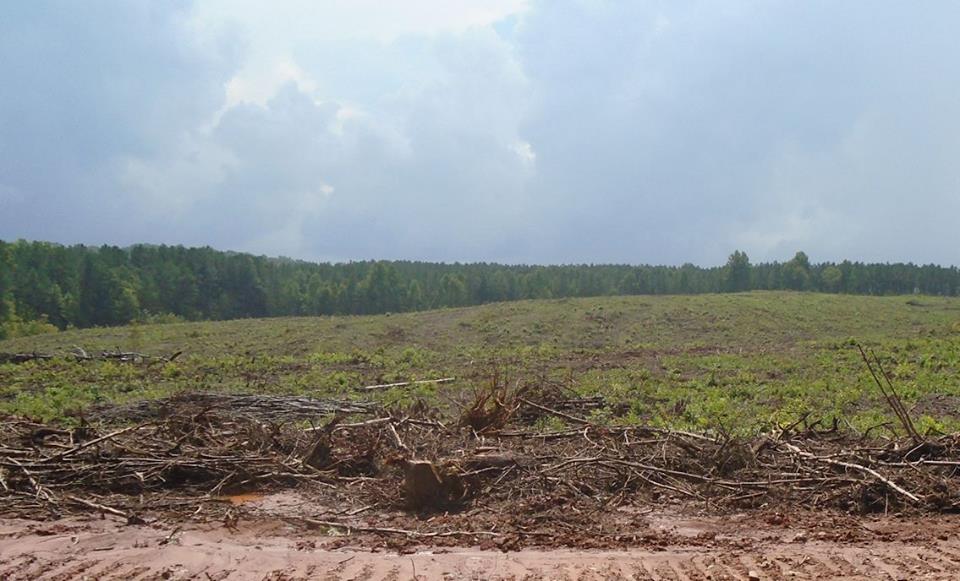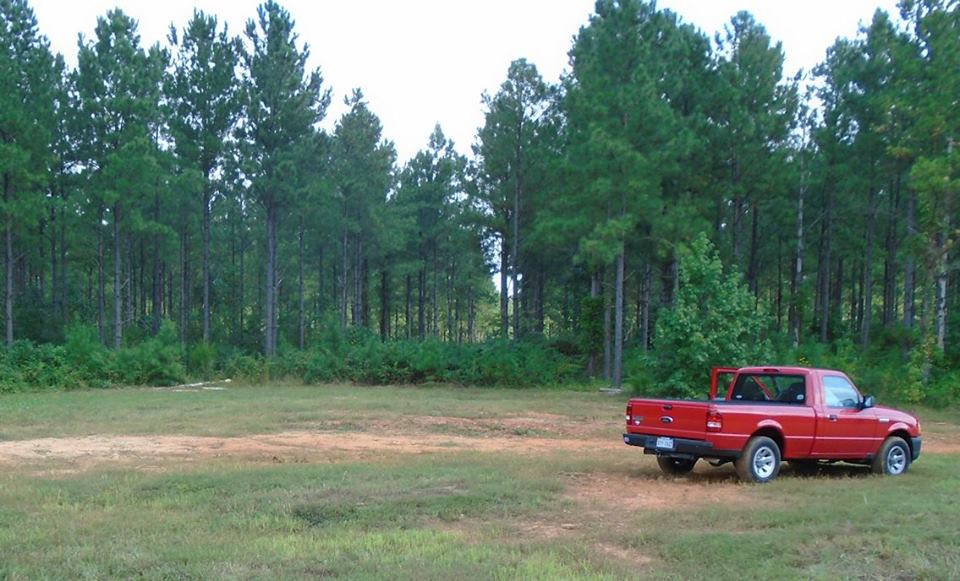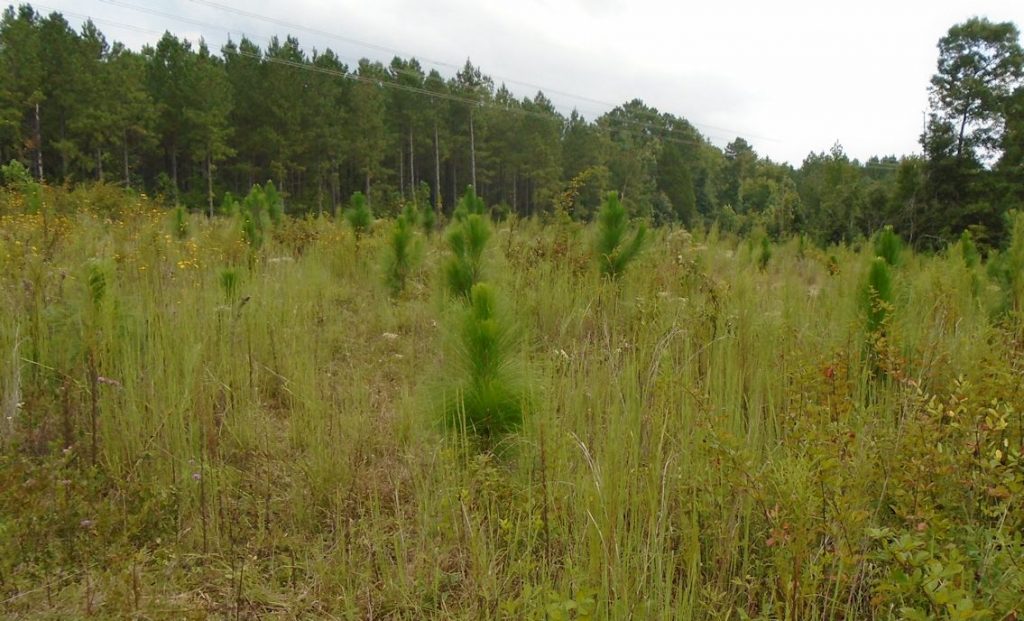Our bacon and eggs breakfast comes to us thanks to “invasive species.” Pigs, cows, chickens, honeybees, wheat, and apples (Johnny Appleseed was a wholesale purveyor of invasive species) all came from somewhere else and displaced natives. The problem with invasives comes when they disrupt long-established relationships in ways we find harmful. Our tree farms are full of invasive species, wanted and unwanted. Maybe we plant clover to protect soil after a harvest. That same clover is invasive in other circumstances. We fight invasive species like kudzu, multiflora rose and ailanthus, but recall that they came with the enthusiastic support of experts and often through government programs.
We need to develop a more nuanced view of invasive and native. Native is not always better or even really native. Much of the loblolly that we plant in Virginia, for example, comes from genetic stock “native” farther south, modified by select breeding and scarcely resembling the multi-branched, twisted natives of times past. Human activity has changed the game. Virginia’s environment today is far different from 1607. Natives exquisitely adapted to old Virginia may be less appropriate in the future.
This does not imply that we should be unconcerned about invasive species. Their proliferation is the single biggest threat to our forests. Global commerce is increasingly bringing species long-separated into intimate contact, sometimes with catastrophic results. We must be vigilant against the introduction of pests, but know that nasties like longhorn beetles, emerald ash borers, Formosan termites and wooly adelgids will continue to slip through. The rate of natural adaptation is too slow to cope with the rapid introduction of exotic species and altered environments. Humans will need to step in to move some species to new “native” range and work with breeding, even genetic modifications, to protect important species from threats unknown in their earlier evolution. A good example is an American chestnut resistant to the blight that killed whole forests early in the 20th Century; we can restore the tree in its former glory with minimal modification, rather than wait thousands of years for natural selection to produce something else.
Let’s talk options. “Natural and native” is not an option except in isolated areas maintained – ironically – by extraordinary human intervention. “Letting nature take its course” will result in a mess of invasive species in unsustainable and often harmful relationships. Conversely, overactive human management will quickly demonstrate the limits of our wisdom. Recall the kudzu and multiflora rose are with us today because of somebody’s big ideas. There is no single plan. The best choice is what good land managers do: work with natural processes but recognize that the very nature of our work changes them. It’s an iterative, adaptive learning process with a goal of dynamic sustainability that strives not to avoid change but to make it reasonably predictable and benign – simple to say; hard to do. It requires patience, persistence and humility. Details are unknowable in advance, since information is discovered only through experience and often has only local or temporary applicability. It is more a process than a plan, one that relies the intelligence, imagination and innovation of landowners, firms, researchers and government agencies, knowing that none of them will have the answer, but that the many answers will sustain our beloved Virginia ecosystems. Some will not be native.





